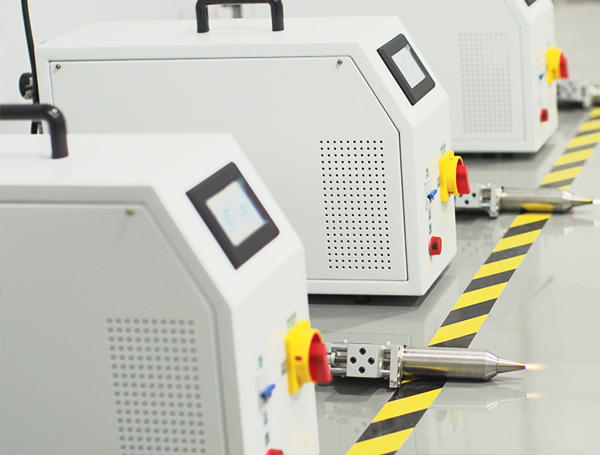Effect of plasma surface treatment on surface modification
Effect of plasma surface treatment on surface modification
Plasma surface treatment is to etch the surface and generate free radicals, but when the material contacts the air, the free radicals on the surface will continue to react with the active gas in the air and generate polar groups.
The type of gas plays a decisive role in the state of the plasma, and it directly affects the modification method and result of the surface of the polymer material by the plasma. Plasma surface treatment generally uses non-polymeric gases, including non-reactive gases and reactive gases.
Non-reactive gases refer to inert gases such as He and Ar. When the plasma of this type of gas acts on the material, the inert gas originates from and does not combine with the polymer chain. Plasma surface treatment is to etch the surface and generate free radicals. , But when the material contacts the air, the free radicals on the surface will continue to react with the active gas in the air to produce polar groups.
Plasma surface treatment reactive gases refer to some inorganic gases or volatile inorganic compounds, commonly used are O2, N2, CO2, CO, H2O, NH3, SO2, etc., which are different from non-reactive inert gases. When the reactive gas plasma acts on the material, the gas atoms can combine with the polymer chain to form related functional groups.

评论
发表评论